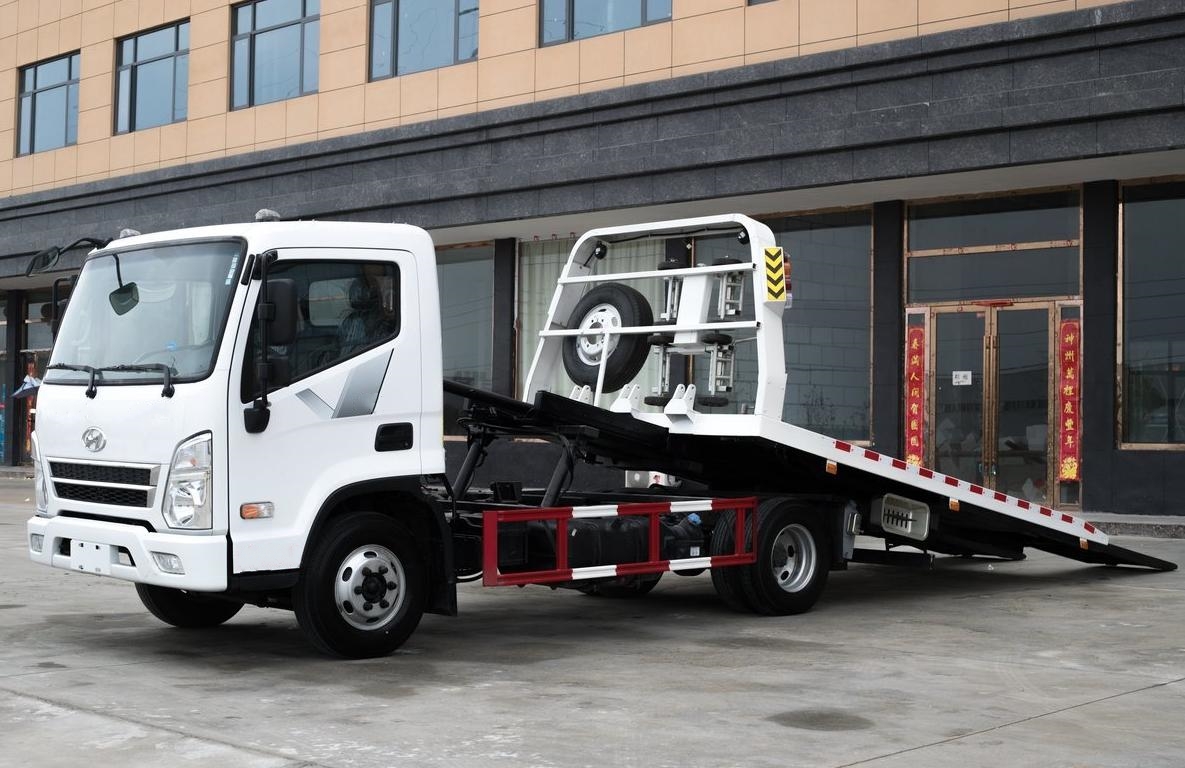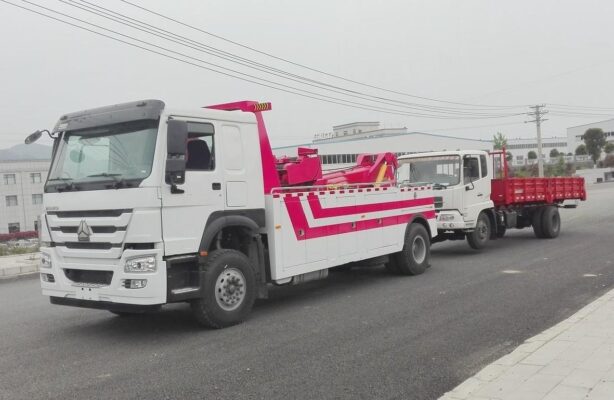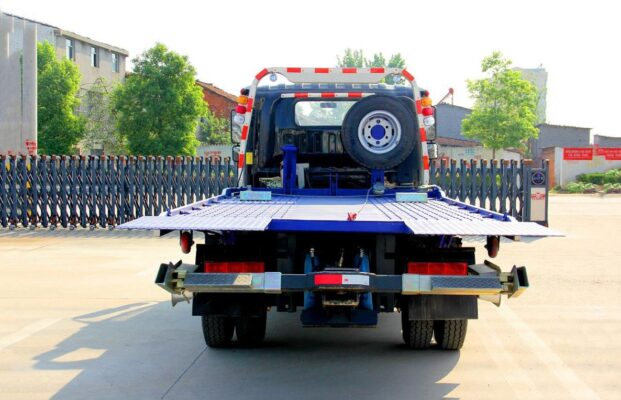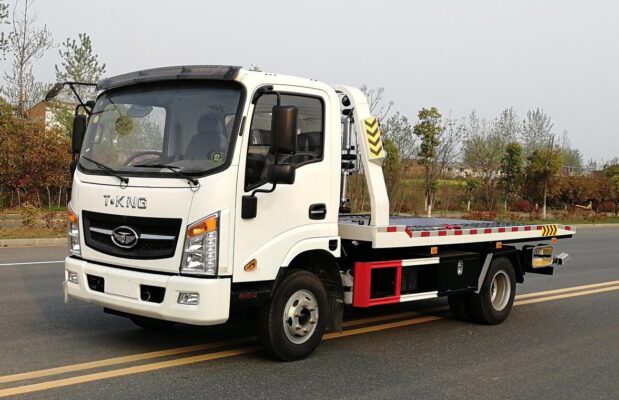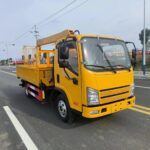wiishs are vital pieces of machinery in various industries, serving essential functions in lifting and moving heavy loads. Given their significant operational roles, any issues arising from wiish malfunction can lead to substantial financial losses and safety hazards. Sidaa darteed, regular maintenance is not just advisable; it is crucial for ensuring the longevity and reliability of wiish operations. Among the various components of a wiish, the chains play a pivotal role in its lifting mechanism, and proper care and maintenance of these chains can prevent accidents and enhance efficiency. This guide will outline the key maintenance issues associated with wiish chains and provide best practices for addressing them.
Importance of Chain Maintenance in Cranes
wiish chains endure immense stress during operation, supporting heavy loads and facilitating lifting operations. As such, they are subject to wear and tear, which can compromise their structural integrity and performance over time. Regular maintenance helps identify potential issues early, reducing the risk of equipment failure and ensuring operational safety.
Common Maintenance Issues for Crane Chains
- Proper Tension Maintenance
The tension of the lifting chain is one of the most critical factors in wiish operation. Chains that are too tight can lead to several problems:
- Increased Power Consumption: A tightly stretched chain requires more energy to operate, leading to higher operational costs.
- Excessive Wear on Bearings: High tension can cause undue stress on the bearings, leading to premature wear and potential failure.
Conversely, if the chain is too loose:
- Bouncing and Disengagement: A loose chain can bounce during operation, which increases the risk of the chain coming off the sprocket entirely, leading to dangerous situations.
Optimal Tension: To maintain proper tension, the mid-section of the chain should be able to lift or depress slightly, maintaining a distance of approximately 2% ku 3% of the span between the two sprocket centers. Regular checks for tension are necessary, especially after initial installation or after prolonged use.
- Sprocket Alignment
The alignment of the sprockets is crucial for ensuring that the lifting chain operates smoothly and efficiently. Misaligned or wobbling sprockets can lead to several issues:
- Increased Wear: Misalignment causes uneven wear on the chain and sprocket teeth, reducing their service life.
- Operational Noise: Improper alignment can lead to noise during operation, indicating that the system is under stress.
Alignment Specifications:
- The end faces of the two sprockets in the same drive assembly should lie in the same plane.
- For a center distance of less than 0.5 mitir, a permissible deviation of 1 millimeter is acceptable.
- For center distances greater than 0.5 mitir, the allowable deviation increases to 2 millimeters.
Intaa waxaa dheer, it is essential to ensure that there is no friction between the chain and the sprockets, as this can lead to further wear and potential failure.
- Replacement of Worn Sprockets
Sprockets can wear out over time, and significant wear can severely impact the performance of both the sprocket and the chain. When sprockets exhibit noticeable wear:
- Simultaneous Replacement: It is advisable to replace both the sprocket and the chain simultaneously to ensure proper meshing. Replacing only one component can lead to poor engagement and accelerate wear on the new parts.
- Flipping Sprockets: For adjustable sprockets, if the tooth surfaces have worn to a certain extent, they can be flipped to extend their service life. Regular inspections will help identify when replacement or flipping is necessary.
- Adjusting Chain Length
Muddo ka dib, lifting chains can stretch due to regular use, or they may be too long upon installation. Adjusting chain length is necessary to maintain optimal operation:
- Removing Links: Links can be removed as needed; however, it is crucial to ensure that an even number of links is removed to maintain balance.
- Installation Process: The links should be passed through from the back of the chain, with the locking plate inserted on the outside. The opening of the locking plate must face the opposite direction of rotation to prevent it from being pushed out during operation.
Regular checks of chain length should be performed to avoid complications due to excessive stretching or improper installation.
- Lubrication
Proper lubrication of wiish chains is vital for reducing friction and wear during operation. Insufficient lubrication can lead to several issues:
- Increased Wear: Lack of lubricant can cause the chain and sprocket to wear down more quickly, leading to frequent replacements.
- Poor Working Conditions: Without adequate lubrication, the working conditions of the chain deteriorate, resulting in inefficient operation.
Lubrication Best Practices:
- Soo noqnoqda: Lubricate the lifting chain promptly during operations. This should be done according to the manufacturer’s recommendations and operational frequency.
- Lubricant Type: Use a lubricant that can effectively penetrate the gaps between the rollers and the inner sleeve of the chain, ensuring comprehensive coverage and protection.
- Avoid Mixing Old and New Chains
When it comes to wiish silsilado, it is crucial to avoid mixing old and new components. Doing so can lead to:
- Impact During Operation: Mixing chains of different ages can result in varying levels of wear, leading to impacts during operation. This inconsistency can increase the risk of chain breakage and pose a safety hazard.
- Decreased Performance: New chains may operate differently compared to old ones, leading to inconsistent performance and increased wear on the entire lifting system.
To ensure optimal performance and safety, always replace chains in sets or avoid combining chains of different ages.
Best Practices for Crane Chain Maintenance
Regular Inspections
Conducting regular inspections of wiish chains and associated components is essential for identifying potential issues before they escalate into more significant problems. Inspections should include checks for:
- Tension Levels: Ensure proper tension is maintained at all times.
- Sprocket Condition: Look for signs of wear or misalignment and address these issues promptly.
- Lubrication: Assess whether chains are adequately lubricated and reapply lubricant as needed.
Record Keeping
Maintaining detailed records of maintenance activities, inspections, and replacements can help track the history of each wiish chain and sprocket. This practice allows for:
- Identifying Patterns: Tracking wear patterns and maintenance history can help predict future maintenance needs.
- Scheduling Replacements: Knowing when certain components were last replaced can assist in planning future maintenance activities and ensuring that no components are overlooked.
Training and Awareness
Training personnel in the proper handling and maintenance of wiish chains is critical. Operators and maintenance staff should be aware of:
- Safe Operating Procedures: Understanding how to safely operate wiishs and identify issues.
- Maintenance Protocols: Familiarity with maintenance schedules and procedures to ensure compliance with best practices.
Utilizing Quality Components
When replacing chains and sprockets, always opt for high-quality components that meet or exceed industry standards. Quality parts ensure:
- Longevity: They are less likely to wear out prematurely, reducing overall maintenance costs.
- Safety: High-quality components enhance the safety of wiish operations and reduce the risk of accidents.
Gabagabo
The maintenance of wiish chains is a critical aspect of ensuring the safe and efficient operation of wiishs. By paying attention to issues such as proper tension, sprocket alignment, and lubrication, operators can significantly extend the lifespan of crane chains and prevent costly breakdowns. Kormeer joogto ah, proper training, and maintaining quality components are essential practices that contribute to a safer work environment and enhance operational efficiency.
Ugu dambayntii, the safety and efficiency of wiish operations hinge on the diligent maintenance of wiish chains and associated components. By implementing these best practices, operators can effectively mitigate risks, enhance performance, and ensure that cranes continue to perform reliably over their lifespan.

